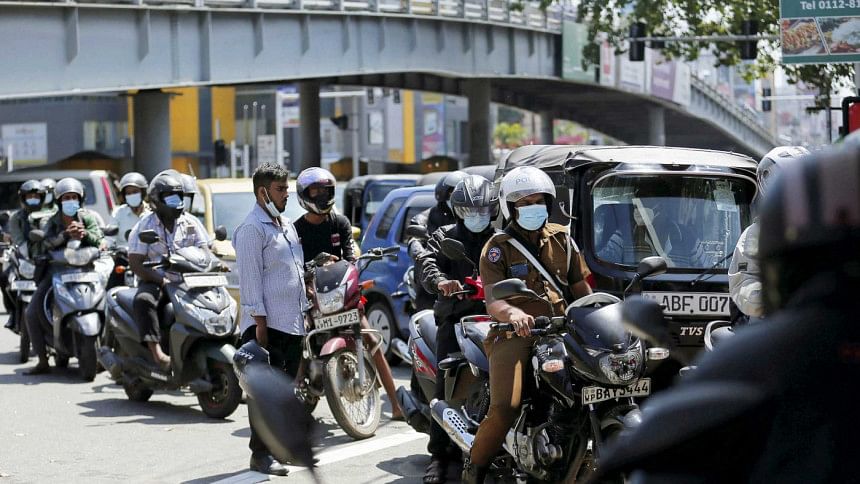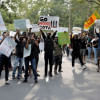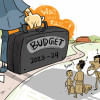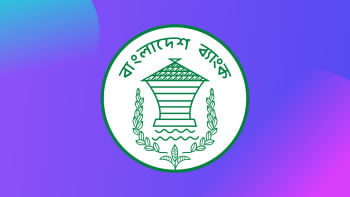What message does South Asia get from Sri Lanka?

Right now, Sri Lanka is going through its worst economic crisis since independence in 1948. Mounting debt, negligible foreign exchange reserves and runaway inflation have brought the country's economy to the brink of collapse. Such a situation has led the Sri Lankan people to unbearable sufferings, with power cuts for about 13 hours and acute shortage of food, fuel, medicine, and other essentials. The economic crisis has been in the making for several years. The impact of Covid-19 on Sri Lanka has been prominent; the pandemic severely affected its tourism industry, which has been an important source of income for the island country. The signs of economic challenges were apparent for quite some time, but became more visible in the last one year.
What prompted the economic crisis?
The first is the mounting foreign debt, which stands at 119 percent of Sri Lanka's GDP. The government has taken foreign loans to implement projects and finance public services in an imprudent manner. As a result, public debt has reached an unsustainable level—much higher than the recommended 55 percent by the International Monetary Fund (IMF). And the country's foreign exchange reserve is insufficient to repay the debt. The debt payment has reached about USD 7 billion so far. Some of the loans have been taken at high interest rates, for projects that have not been economically profitable. Mismanagement and corruption have worsened the situation.
Some of the populist moves made by the Sri Lankan government backfired. For example, in March 2020, it announced it would fully adopt organic agriculture. So, it imposed an import ban on pesticides and chemical fertilisers. As a result, agricultural output declined by about 30 percent. So, it had to import more by using its foreign currency, putting further pressure on the reserve.
Then the government slashed the VAT rate from 15 percent to 8 percent to stimulate the economy. Also, the income tax bracket was raised from 500,000 Sri Lankan rupees to three million rupees annually, which cut down the number of taxpayers by 33.5 percent. Economists have estimated that the total tax income loss because of these measures is equivalent to two percent of Sri Lanka's GDP. Without adequate domestic resource mobilisation, the country had to use its forex reserves to repay its foreign debt. In 2018, Sri Lanka had a reserve of USD 6.9 billion, which fell to only USD 2.2 billion in 2022.
The exchange rate of the Sri Lankan rupee against USD saw a dramatic devaluation as the government floated the rupee in March 2022, aiming to boost exports and remittances. As a result, the exchange rate between the rupee and USD has reached 315 as of April 9, 2022, as opposed to 199 in 2021. With shrinking forex reserves, the country lost its capacity to import essential goods and services, resulting in an unprecedentedly high inflation. For example, in 2021, inflation was 6.9 percent, which spiked to 18.7 percent in March 2022. Food inflation shot to about 30 percent in March 2022.
How has the Sri Lankan government been tackling the crisis?
Sri Lanka has been seeking funds from various sources to tackle the crisis. In June 2021, Bangladesh gave a credit facility of USD 200 million under a currency swap deal with Sri Lanka, which was renewed in December 2021. In January 2022, Sri Lanka requested China to ease its debt. In February 2022, Sri Lanka also borrowed USD 500 million from India. Then in March 2022, India provided a line of credit of USD 1 billion to purchase food, medicine, and essentials. The central bank increased interest rates by 700 basis points to control inflation. For a long time, the Sri Lankan government has been reluctant to take loans from the IMF. Now it has turned to the IMF for a bailout.
However, such measures without redressing the governance and institutional issues will not see any success given the nature and depth of the economic downturn.
Should Bangladesh be worried?
Bangladesh is doing well compared to its South Asian neighbours. However, some of the key economic indicators are showing worrying signs. Its trade deficit is growing as imports have become costlier due to rising international prices. Export growth during July-March of FY2021-22 was 33.4 percent, while import grew by 46.7 percent during July-February. Remittance growth during July-March of FY2021-22 was negative (-) 17.8 percent, resulting in a current account deficit.
The debt-GDP ratio is 38 percent, which is still comfortable. But foreign loan is increasing at a fast pace. Some large projects are being implemented using huge loans at high commercial rates. Cost escalation due to delay in implementation as well as corruption also reduces the profitability and delays the economic returns from these infrastructures. Once the repayment starts, there will be pressure on our foreign exchange reserve.
Is there any message for South Asian countries?
Sri Lanka's economic catastrophe is rooted in the very nature of its politics. Once much better placed compared to its South Asian neighbours, the country has been brought down by dictatorial power, extreme populism, and a total lack of understanding of reality. As it grapples with its unprecedented economic downturn, other South Asian countries are also facing economic vulnerabilities, especially in the wake of the Russian invasion of Ukraine. Though the extent of their challenges varies, there is a need to be cautious. Some are also dealing with political crises.
Lack of competence, economic mismanagement, poor governance, lack of accountability, intolerance towards difference in opinion, and lack of inclusiveness in the democratic process are common in the region. The region is also characterised by a unique culture of being ruled by political dynasties—sometimes in feudal style. This destroys the institutions that are the pillars of democracy. In the end, it leads to disasters—like the one Sri Lanka is experiencing now.
Dr Fahmida Khatun is executive director at the Centre for Policy Dialogue (CPD). Views expressed in this article are the author's own.

 For all latest news, follow The Daily Star's Google News channel.
For all latest news, follow The Daily Star's Google News channel. 








Comments